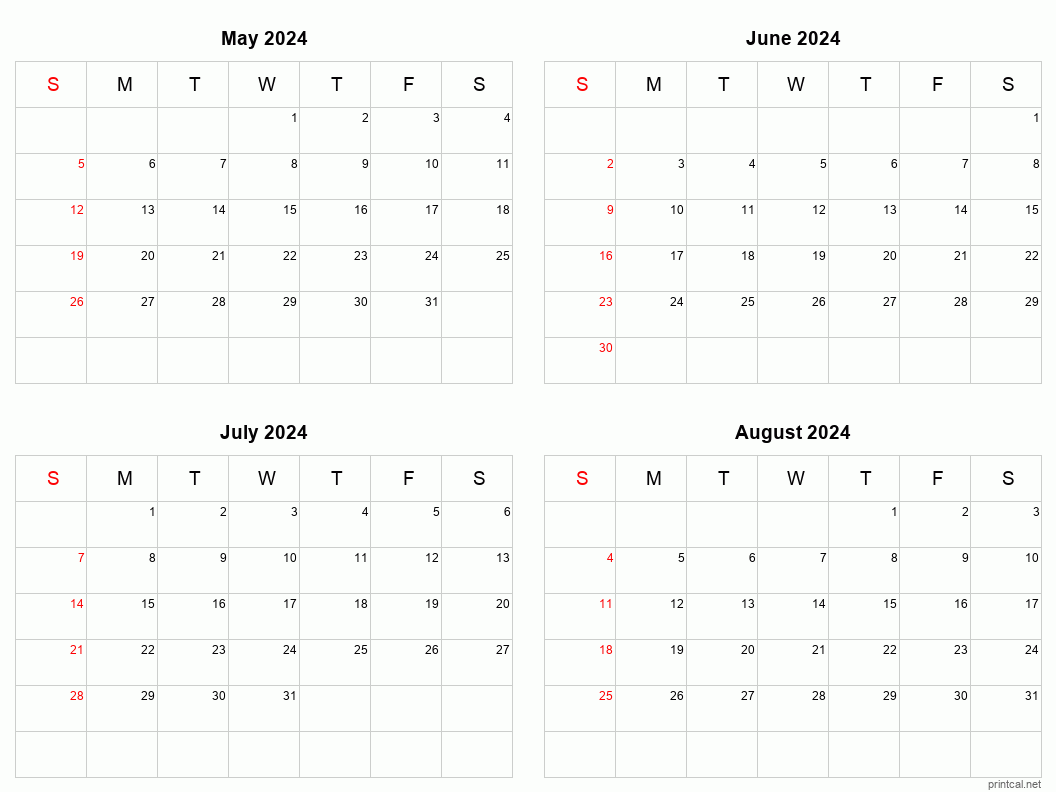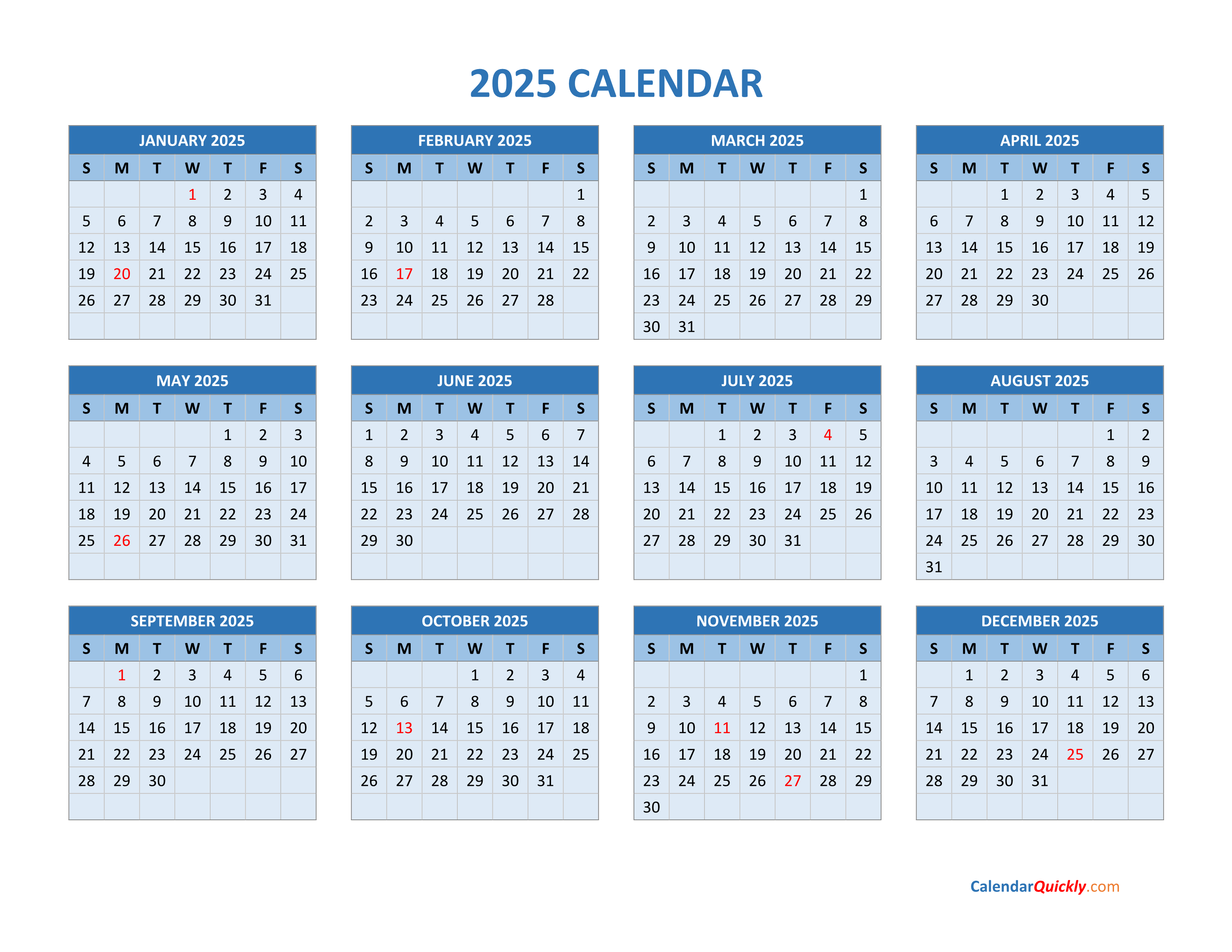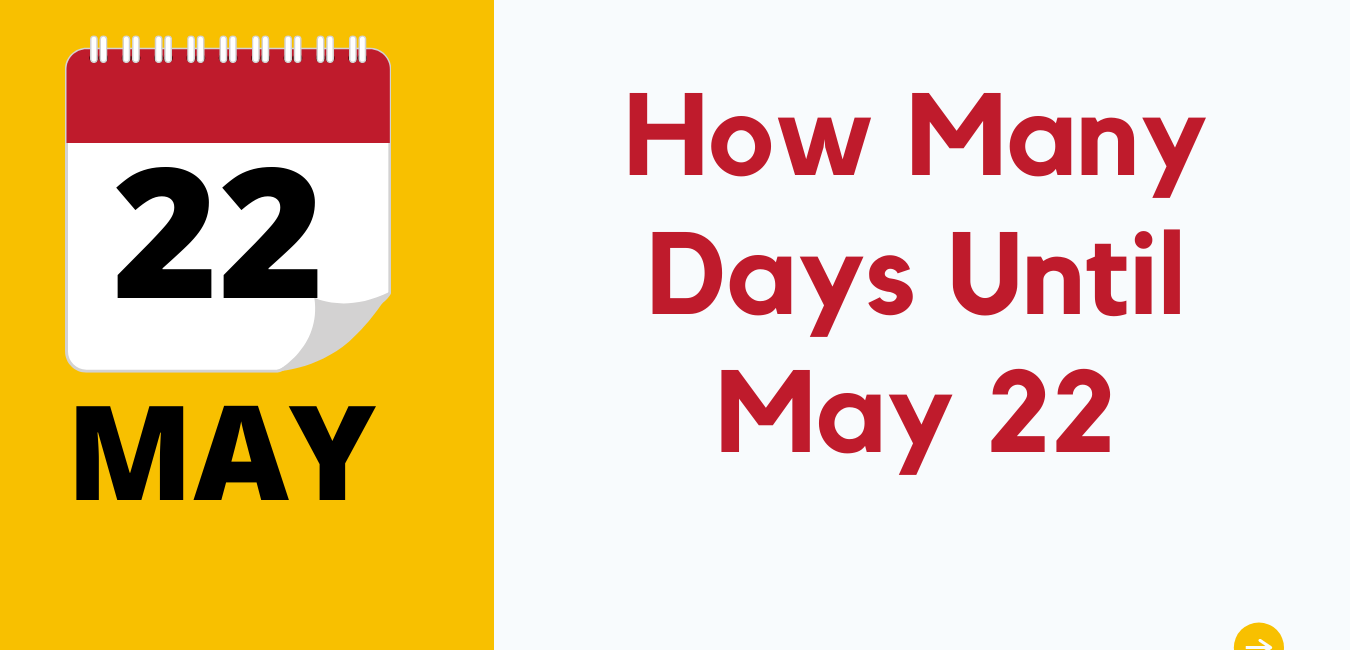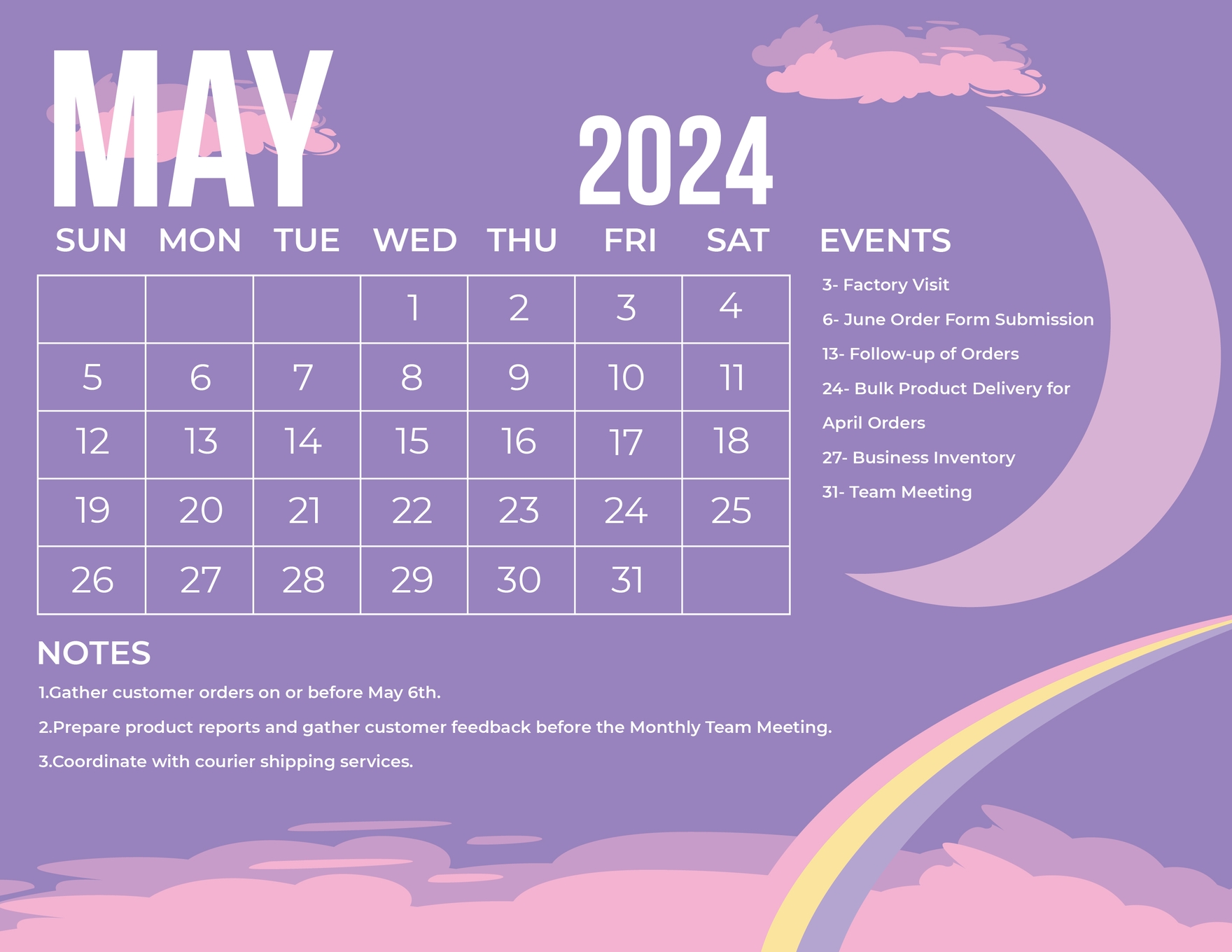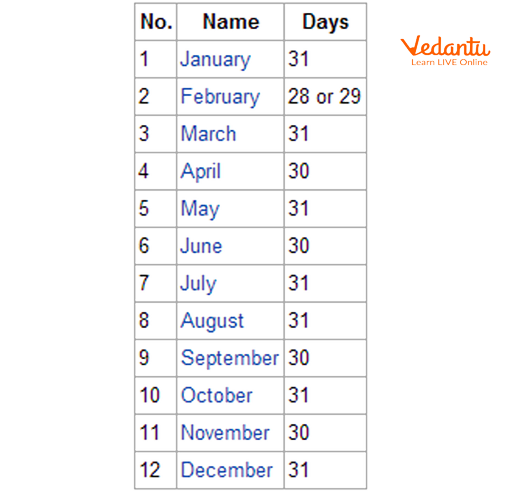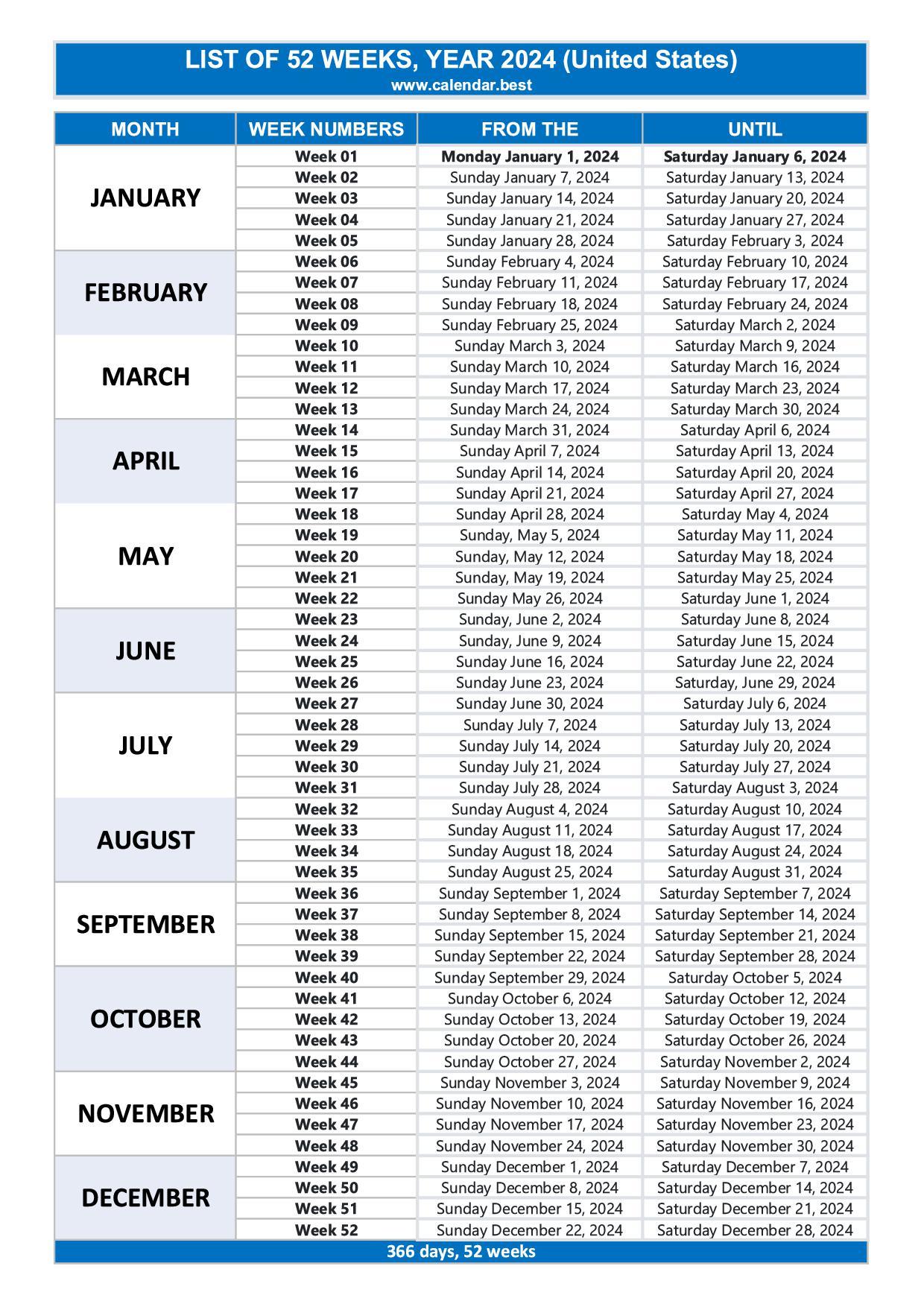How Many Months Until May 15 2025
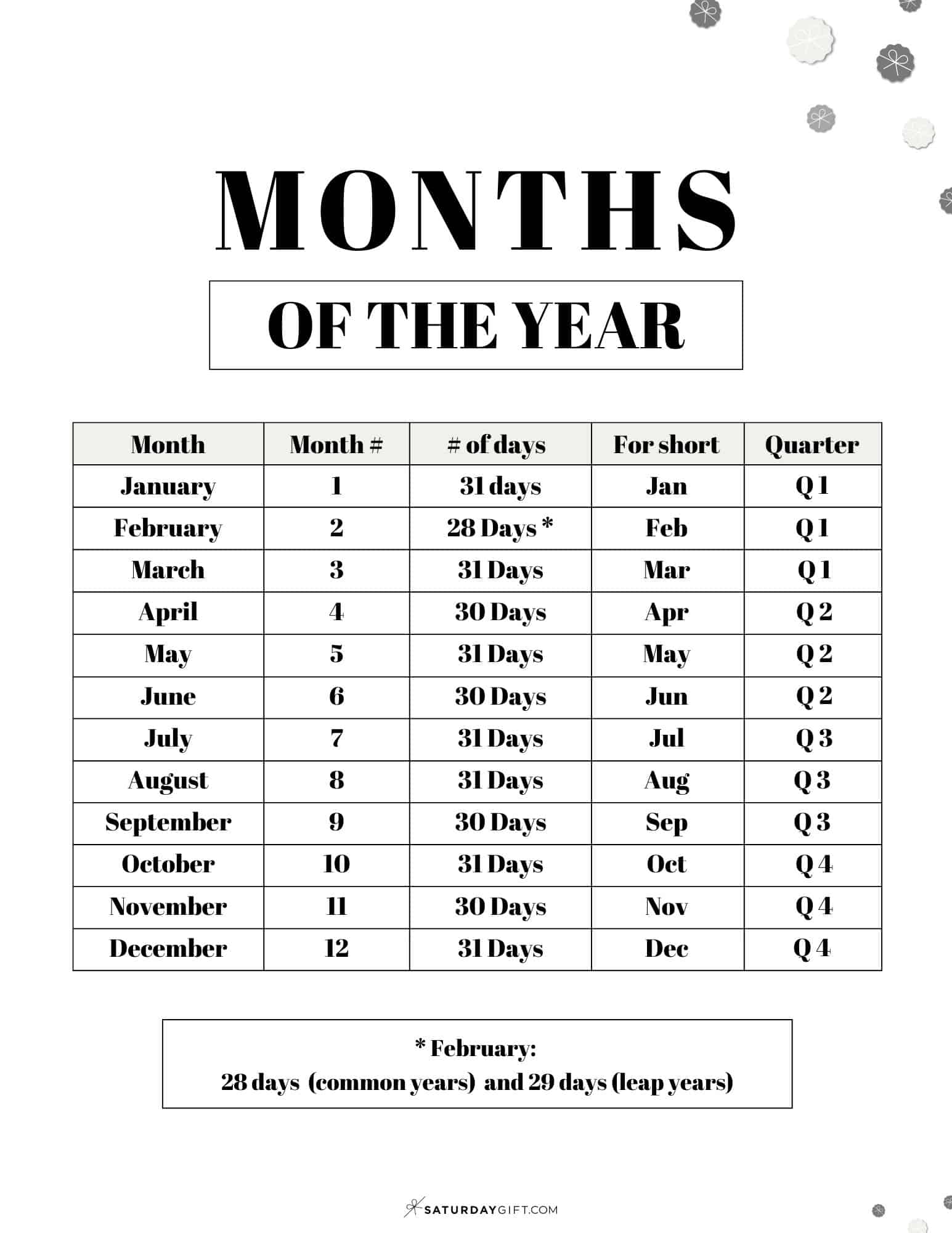
In a world saturated with immediate information, the simple question "How many months until May 15, 2025?" belies a deeper human need for temporal awareness and anticipation. The answer, while readily calculable, underscores our inherent drive to map out the future, whether for personal milestones, strategic planning, or simply to orient ourselves in the relentless flow of time. As of today, October 27, 2024, the countdown is on.
This article delves into the specifics of calculating the time remaining until May 15, 2025, providing a clear and concise answer to this fundamental question. Furthermore, it explores the broader implications of such calculations, touching upon their significance in various sectors and the psychological impact of future-oriented thinking. Understanding time's passage is crucial, and this piece aims to illuminate that understanding.
The Calculation: Months Until May 15, 2025
To determine the number of months remaining until May 15, 2025, we must first establish the current date. Today's date is October 27, 2024. We then calculate the months from November 2024 to April 2025, inclusive, representing the full months remaining.
That's November, December, January, February, March, and April; a total of 6 complete months. Therefore, the answer is 6 months and part of the current month of October and part of the target month of May.
The Significance of Temporal Awareness
Understanding the passage of time is integral to numerous aspects of human life. From personal goal setting to large-scale project management, the ability to accurately gauge time is essential. Corporations, governments, and individuals alike rely on these calculations to navigate the future effectively.
In the business world, forecasting and strategic planning hinge on temporal accuracy. Businesses need to know when projects will be completed, when products will launch, and when financial targets need to be met. Without this awareness, chaos ensues.
Governments, too, depend on precise temporal calculations for policy implementation and infrastructure development. Knowing timelines for elections, budget cycles, and legislative processes is paramount for effective governance. Delays or miscalculations can have far-reaching consequences.
The Psychology of Time and Anticipation
The human brain is wired to anticipate future events, and the act of counting down to a specific date plays a significant psychological role. Anticipation can generate excitement, motivation, and a sense of purpose. Conversely, it can also induce anxiety and stress, depending on the nature of the event being anticipated.
According to research in behavioral psychology, anticipating a positive event, such as a vacation or a holiday, can release dopamine, a neurotransmitter associated with pleasure and reward. This can improve mood and increase motivation in the present. Conversely, anticipating a negative event can trigger the release of cortisol, a stress hormone, leading to feelings of unease and apprehension.
The Time Perspective Theory, developed by psychologist Philip Zimbardo, posits that individuals' perceptions of time significantly influence their behavior and well-being. Those with a strong future orientation tend to be more proactive and goal-oriented, while those primarily focused on the present may prioritize immediate gratification over long-term planning.
Tools and Methods for Time Calculation
In the digital age, calculating time intervals has become incredibly straightforward thanks to various online tools and applications. Many websites offer date calculators that instantly determine the number of days, weeks, or months between two dates. Smartphone apps and calendar programs provide similar functionalities, making time tracking accessible to anyone with a device.
Spreadsheet software like Microsoft Excel and Google Sheets also offer powerful tools for date calculations. Functions such as DATEDIF and NETWORKDAYS allow users to perform complex calculations and analyze time-related data. These tools are particularly useful for project management and financial planning.
While technology simplifies time calculation, it's still crucial to understand the underlying principles. Knowing how to manually calculate time intervals can be beneficial in situations where digital tools are unavailable or unreliable. This understanding also fosters a deeper appreciation for the concept of time itself.
Applications in Various Fields
The simple act of calculating months until a specific date has profound implications across various fields. In finance, knowing the time until a debt is due is crucial for managing cash flow and avoiding penalties. In healthcare, accurate time tracking is essential for monitoring treatment progress and scheduling follow-up appointments.
In education, knowing the time until exams or graduation is a key motivator for students. It helps them prioritize their studies and stay on track to achieve their academic goals. Similarly, in sports, athletes and coaches rely on time calculations to plan training schedules and optimize performance for upcoming competitions.
Even in the realm of personal planning, knowing the months until a birthday, anniversary, or other significant event allows individuals to make preparations and celebrate accordingly. Time awareness enhances our ability to organize our lives and make the most of each passing moment.
Potential Disruptions and Considerations
While calculating the time until a future date seems straightforward, unforeseen circumstances can sometimes disrupt timelines. Natural disasters, economic downturns, and unexpected personal events can all impact project schedules and alter future plans. Therefore, it's essential to remain flexible and adaptable when planning for the future.
In the context of large-scale projects, critical path analysis is a valuable tool for identifying potential bottlenecks and mitigating risks. This technique involves mapping out all the tasks required to complete a project and determining the sequence of tasks that must be completed on time to avoid delays. By identifying the critical path, project managers can focus their attention on the most crucial tasks and proactively address potential issues.
Furthermore, incorporating buffer time into project schedules can help absorb unexpected delays. This involves adding extra time to individual tasks or the overall project timeline to account for unforeseen circumstances. While buffer time may seem like an unnecessary addition, it can significantly improve the likelihood of completing projects on time and within budget.
Looking Ahead: May 15, 2025, and Beyond
As we count down the months until May 15, 2025, it's important to reflect on the broader implications of our temporal awareness. The ability to plan for the future, anticipate events, and manage our time effectively is a cornerstone of human progress. By understanding the passage of time and utilizing the tools available to us, we can navigate the future with greater confidence and purpose.
Whether you're planning a personal milestone, launching a business venture, or simply looking forward to a specific event, the months ahead hold both promise and potential. Embrace the opportunity to plan, prepare, and make the most of the time available to you.
So, with 6 months remaining, the anticipation builds. May 15, 2025, will arrive, and what we do with the time in between is what truly matters. The future is not something to be feared but embraced, planned for, and shaped by our actions today.
